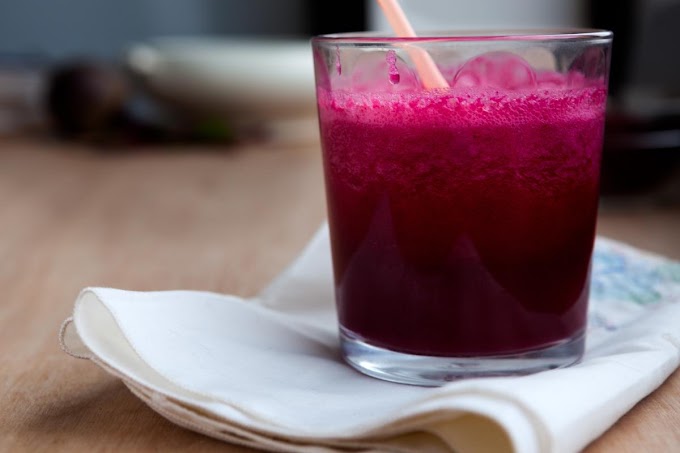Why Cook Greens?
Before diving into the recipe, it’s important to understand why greens deserve a regular spot on your plate. Leafy greens like kale, collard greens, mustard greens, and spinach are rich in vitamins A, C, K, and minerals like calcium and iron. They are low in calories but high in fiber, making them an excellent choice for those looking to maintain or lose weight. Additionally, greens are versatile and can be cooked in various ways, making them a staple in many cuisines worldwide.
Choosing the Right Greens
The first step in making delicious greens is selecting the right type. Some popular options include:
Kale: Known for its slightly bitter taste and sturdy texture, kale holds up well to cooking and can be sautéed, steamed, or added to soups.
Collard Greens: These greens have a slightly milder flavor than kale and are often used in Southern cooking. They pair well with smoked meats and vinegar.
Mustard Greens: These greens have a peppery bite, adding a bit of spice to your dish. They are great in stir-fries or sautéed with garlic.
Spinach: Spinach has a delicate, mild flavor and cooks quickly. It’s perfect for a quick sauté or as an addition to soups and stews.
Swiss Chard: With its colorful stems and slightly sweet leaves, Swiss chard adds visual appeal and a subtle flavor to dishes.
Preparing the Greens
Once you’ve chosen your greens, the next step is preparation. Greens need to be thoroughly washed to remove any dirt or grit. Here’s how to do it:
Rinse: Fill a large bowl or sink with cold water and submerge the greens. Swish them around to loosen any dirt.
Soak: Let the greens soak for a few minutes. The dirt will sink to the bottom.
Dry: Lift the greens out of the water and place them in a salad spinner or on a clean kitchen towel to dry.
After cleaning, you’ll need to remove the tough stems, especially for kale, collard greens, and Swiss chard. Fold the leaf in half along the stem and use a knife to cut the stem away. You can save the stems for another use, like adding them to soups or stir-fries.
Ingredients for Delicious Greens
Here’s what you’ll need to make a basic but delicious batch of greens:
1 bunch of greens (kale, collard greens, mustard greens, or Swiss chard)
2 tablespoons olive oil or butter
4 cloves garlic, minced
1 small onion, finely chopped (optional)
Salt and pepper to taste
Red pepper flakes (optional)
1/4 cup vegetable or chicken broth
1 tablespoon apple cider vinegar or lemon juice
Cooking the Greens
Now that your greens are prepped and your ingredients are ready, it’s time to cook. Follow these steps to achieve perfectly sautéed greens with a balance of flavors:
Heat the Oil: In a large skillet, heat the olive oil or butter over medium heat. If you’re using onions, add them to the pan and sauté until they are soft and translucent, about 5 minutes.
Add Garlic: Add the minced garlic and cook for another 1-2 minutes until fragrant. Be careful not to let the garlic brown, as it can turn bitter.
Add the Greens: Begin adding the greens to the skillet in batches, starting with the tougher greens like kale or collard greens. Stir them into the garlic and onion mixture, allowing them to wilt slightly before adding more. Continue until all the greens are in the pan
Season: Sprinkle salt, pepper, and red pepper flakes (if using) over the greens. Stir to combine.
Add Broth: Pour in the vegetable or chicken broth. The liquid will help steam the greens and prevent them from drying out. Cover the skillet and let the greens cook for about 5-7 minutes, stirring occasionally.
Finish with Vinegar: Once the greens are tender but still vibrant in color, remove the lid and stir in the apple cider vinegar or lemon juice. This will add a nice tangy flavor and balance the bitterness of the greens.
Serve: Taste the greens and adjust the seasoning if necessary. Serve them hot as a side dish or as a topping for grains, proteins, or even toast.
Variations and Tips
To keep things interesting, try these variations and tips for cooking greens:
Add Protein: For a heartier dish, add some protein like cooked bacon, sausage, or tofu. This can turn your greens into a complete meal.
Experiment with Flavors: Try adding different spices and herbs, such as cumin, coriander, or thyme, to give your greens a new flavor profile.
Use Different Liquids: Instead of broth, try cooking your greens in coconut milk for a creamy, slightly sweet dish. Or use a splash of soy sauce and sesame oil for an Asian-inspired flavor.
Make it a Salad: If you prefer raw greens, you can massage kale or collard greens with olive oil and lemon juice to soften them, then toss with your favorite salad ingredients.
Health Benefits of Eating Greens
Regularly consuming greens can have numerous health benefits. They are known to improve digestion due to their high fiber content and can help reduce inflammation. The antioxidants found in greens, such as beta-carotene and lutein, contribute to better eye health and may lower the risk of chronic diseases like heart disease and cancer. Moreover, greens are an excellent source of vitamin K, which plays a critical role in bone health and blood clotting.
Conclusion
Cooking greens doesn’t have to be complicated. With a few simple ingredients and the right techniques, you can transform these nutrient-dense vegetables into a delicious dish that can be enjoyed on its own or as part of a larger meal. Whether you’re a fan of kale’s hearty texture or the mild taste of spinach, there’s a green out there for everyone. So next time you’re in the kitchen, reach for a bunch of greens and give this recipe a try. Your taste buds—and your body—will thank you.








Social Plugin